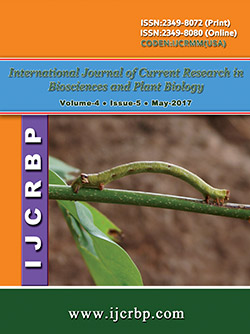 |
Online ISSN : 2349-8080 Issues : 12 per year Publisher : Excellent Publishers Email : editorinchiefijcrbp@gmail.com |
2Ph.D. Scholar, Department of Plant Breeding and Genetics, Chaudhary Charan Singh Haryana Agricultural University, Hissar-125 004, Haryana, India
The advances of modern plant technologies, especially genetically modified crops, are considered to be a substantial benefit to agriculture and society. However, so-called transgene escape remains and is of environmental and regulatory concern. Genetic use restriction technologies (GURTs), developed to secure return on investments through protection of plant varieties, are among the most controversial and opposed genetic engineering biotechnologies as they are perceived as a tool to force farmers to depend on multinational corporations’ seed monopolies. In this work, the currently proposed strategies are described and compared with some of the principal techniques implemented for preventing transgene flow and/or seed saving, with a simultaneous analysis of the future perspectives of GURTs taking into account potential benefits, possible impacts on farmers and local plant genetic resources (PGR), hypothetical negative environmental issues and ethical concerns related to intellectual property that have led to the ban of this technology.
